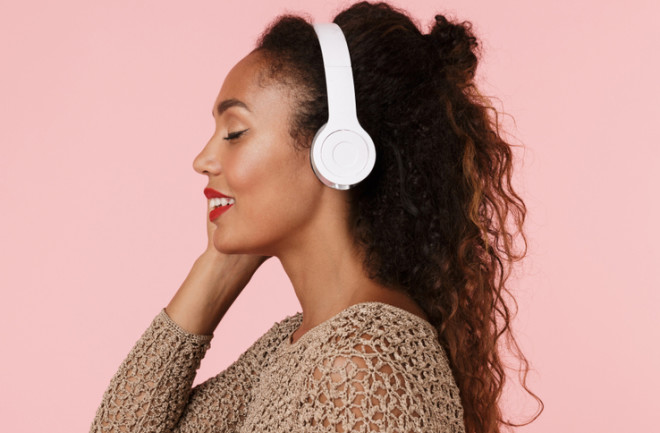Something weird happens to your brain when you play a steady tone at two slightly different frequencies. If one headphone speaker plays a low, constant drone at, for example, 400 Hertz and the other at 410 Hz, you’ll start to hear a third pulse or beat. (Try it yourself in the video embedded below.)
The odd thing is there’s no physical beat — it’s all in your head. This is an auditory trick called a binaural beat, sort of like an optical illusion for your ears.
A growing number of companies are making bold claims that binaural beats work like “digital drugs” to “biohack” your brain, unlocking super-powered memory and creativity while melting away stress and tackling migraines or insomnia. An entire cottage industry has sprung up around the concept, hawking CDs, MP3s and apps to deliver supposedly healing pulses of sound.

